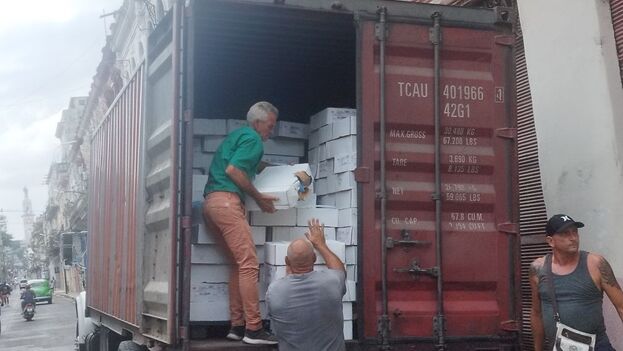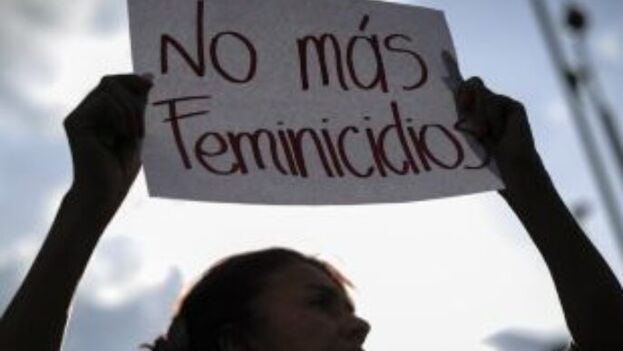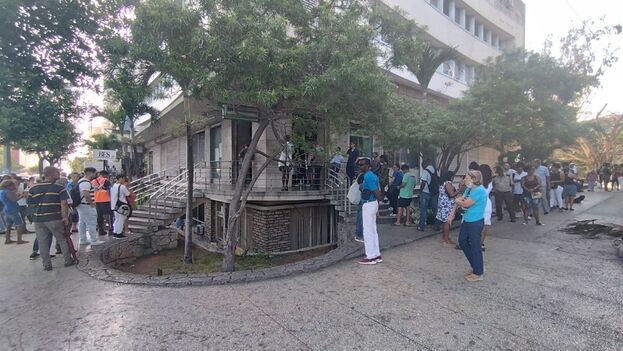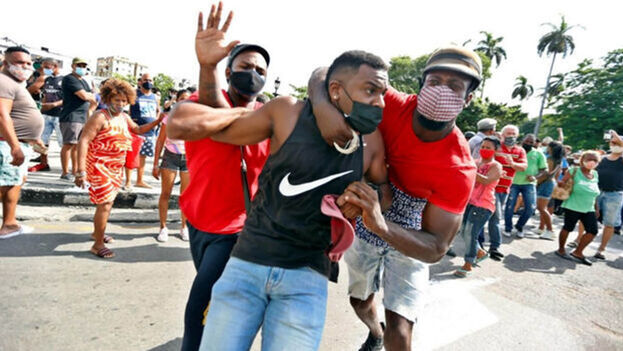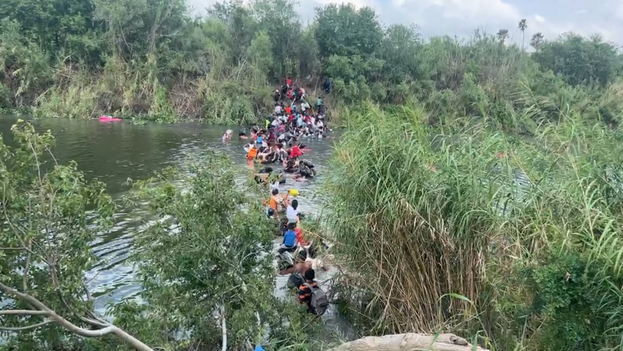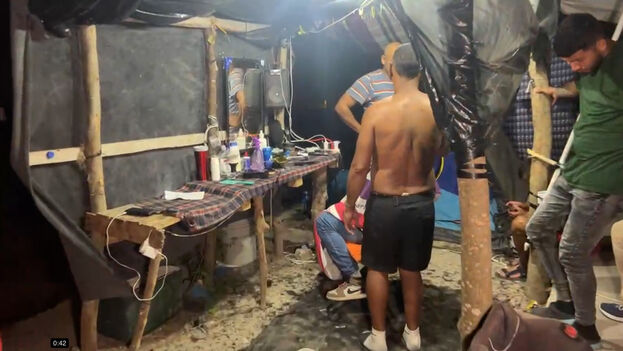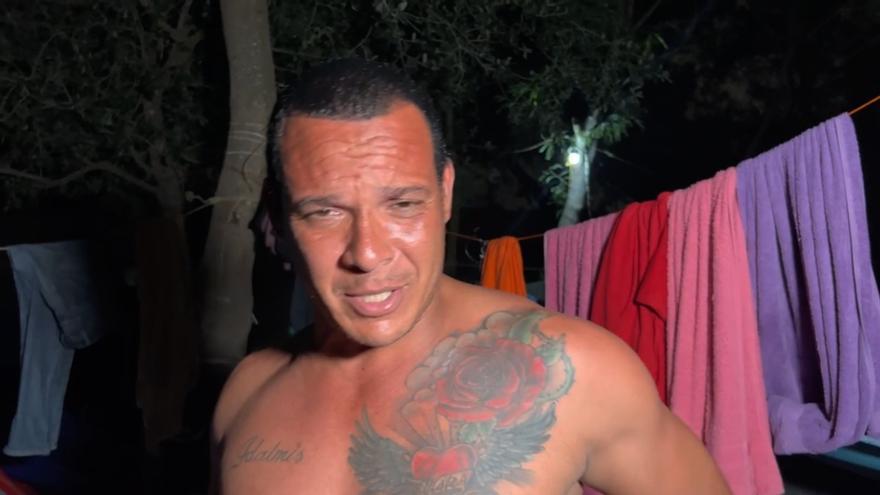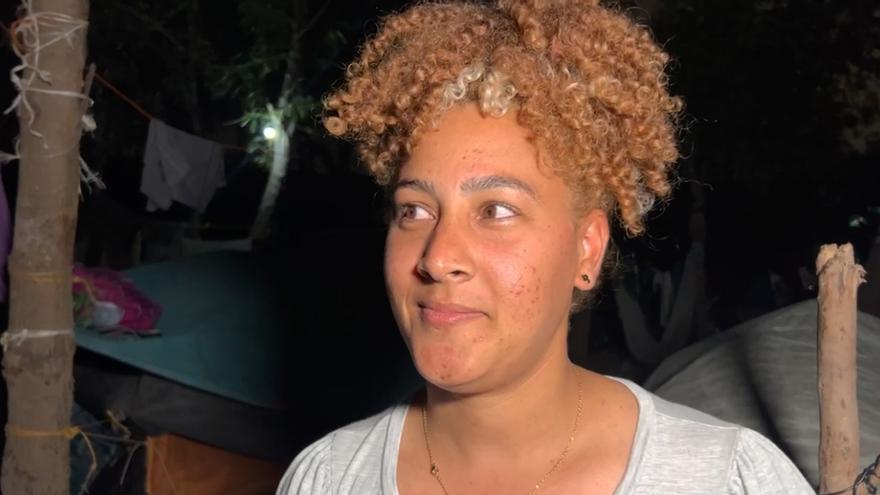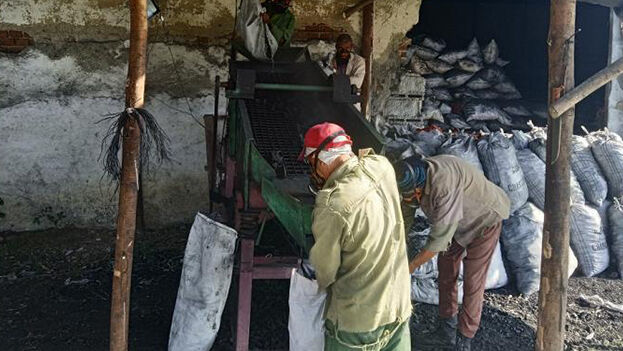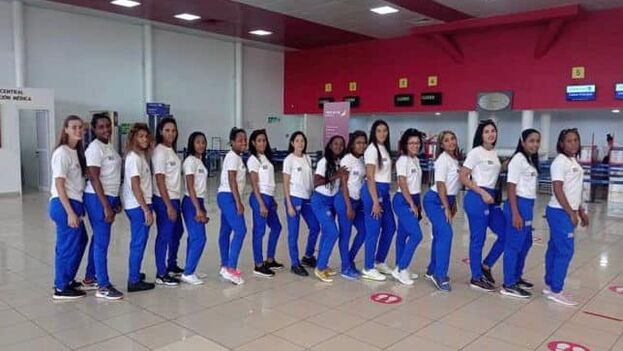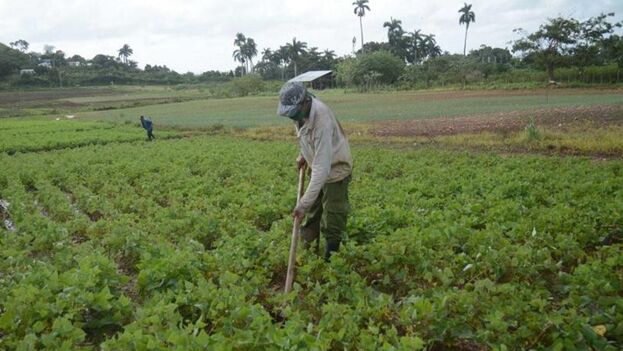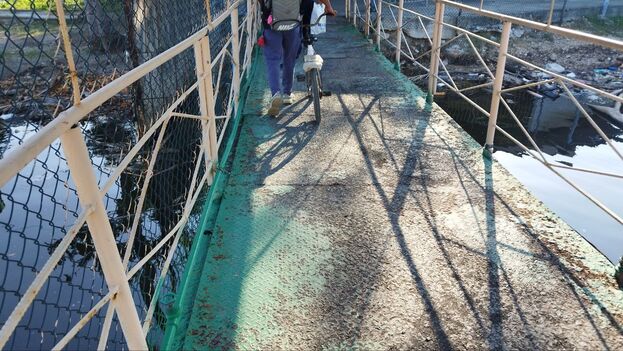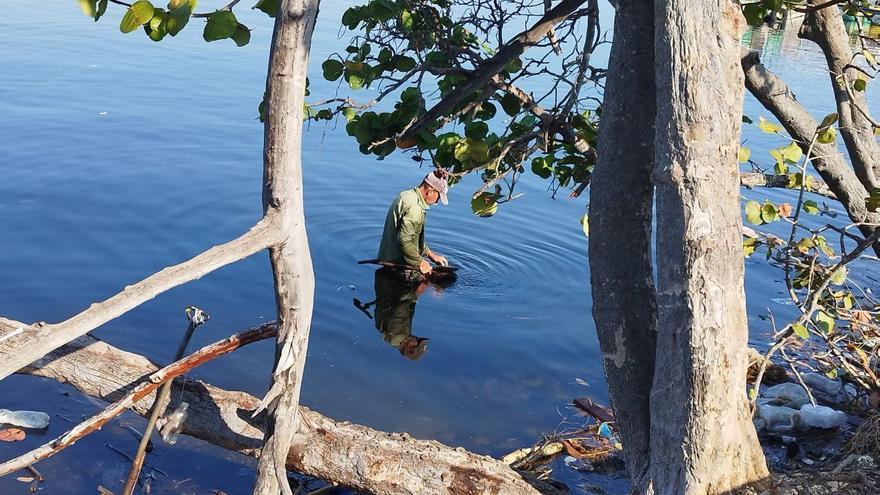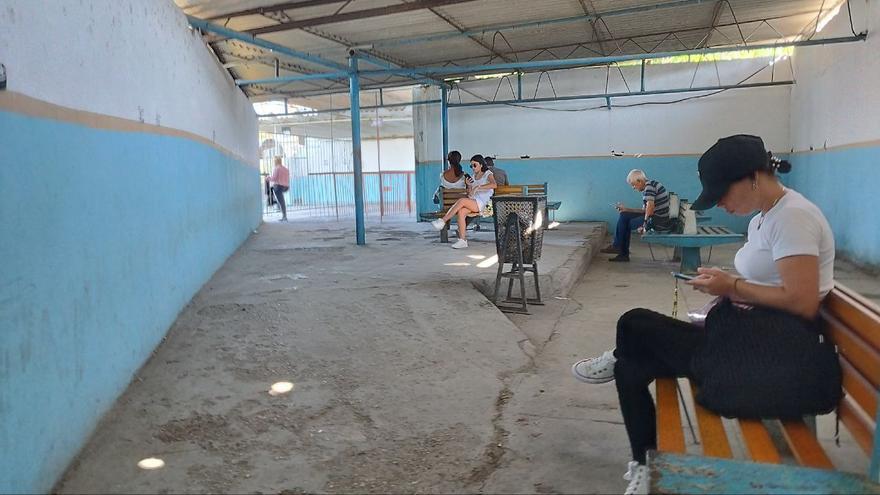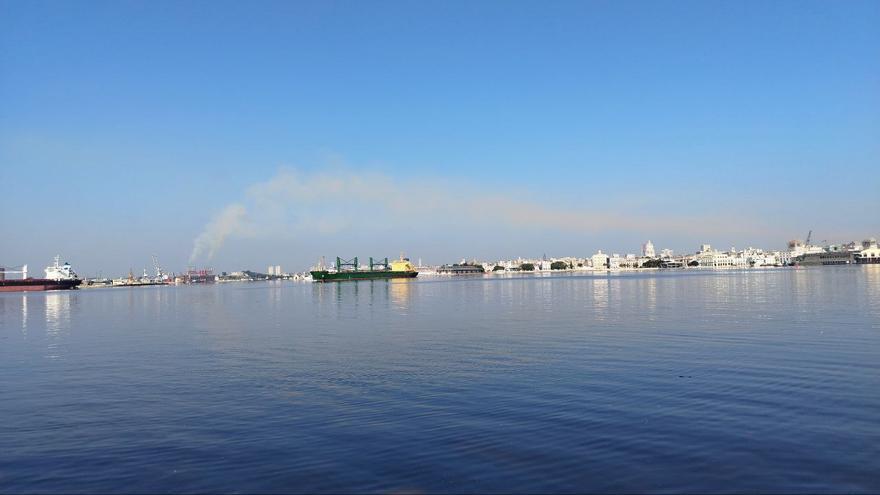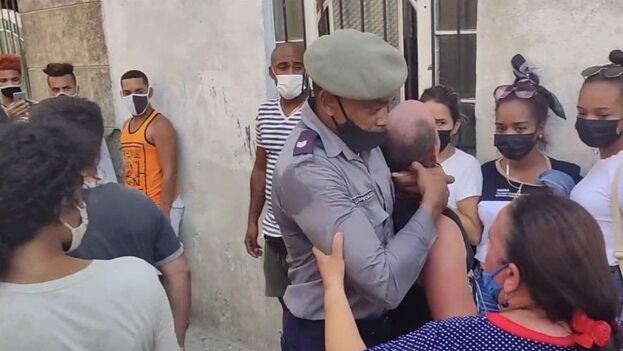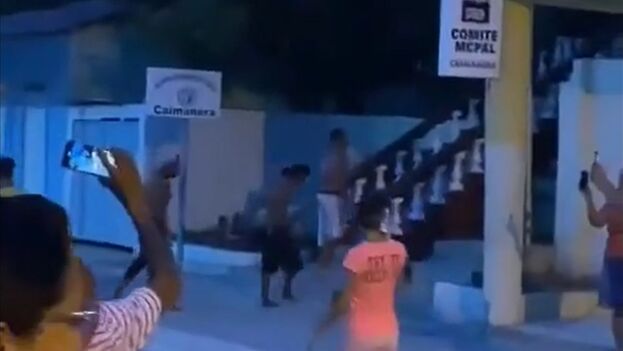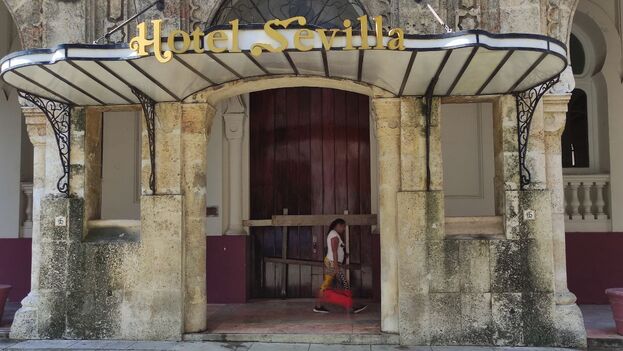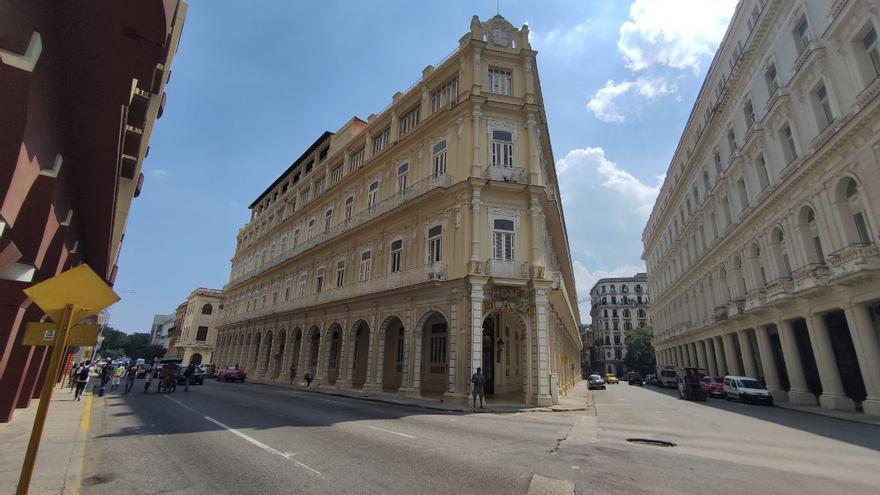
![]() 14ymedio, Havana, 13 May 2023 — In an attempt to expedite the procedures of Cubans, Venezuelans, Nicaraguans and Haitians who opt for humanitarian parole, the US Government announced a modification in the selection process of beneficiaries. Starting in the next few days, the program will begin the processing of about 1,000 candidates a day, as reported at a telephone press conference this Thursday.
14ymedio, Havana, 13 May 2023 — In an attempt to expedite the procedures of Cubans, Venezuelans, Nicaraguans and Haitians who opt for humanitarian parole, the US Government announced a modification in the selection process of beneficiaries. Starting in the next few days, the program will begin the processing of about 1,000 candidates a day, as reported at a telephone press conference this Thursday.
The United States announced in early 2023 that it would accept more than 30,000 migrants a month from Venezuela, Cuba, Nicaragua and Haiti, thus expanding a program that has granted humanitarian permits for Venezuelans since October 2022. However, it also warned that it will immediately expel to Mexico undocumented immigrants from those countries who try to cross the southern border irregularly. For their part, the Mexican authorities agreed to admit up to 30,000 migrants a month who are expelled from the United States.
The new modification of the program says that of the 1,000 places that are available each day, about 500 will be “randomly processed in a lottery, and anyone who is waiting can be chosen,” explained Blas Núñez-Neto, Undersecretary of Border Policy and Immigration of the Department of Homeland Security.
The other half of the appointments will be processed “in the order in which the applications were received to also guarantee that the people who have been waiting will eventually have their applications confirmed,” Núñez-Neto added.
The announcement is included among the measures that the Government of Joe Biden implemented after the elimination of Title 42, which became null and void on Thursday. continue reading
In the face of these changes, hope flourishes again for many Cubans who began the process in January and have not yet been approved. However, the future of the program may be in doubt. A trial is scheduled for the middle of next month in the face of a lawsuit brought by several prosecutors and representatives of 20 states over the inappropriate nature of the parole.
Berta, a Cuban who was stranded in Mexico last January when the United States closed the border to the Island’s nationals, was sponsored by some friends on May 9, and on the 11th she received the confirmation of approval emails from the Citizenship and Immigration Service (USCIS). However, the 38-year-old woman has not been able to finish the process.
“I did all the steps that USCIS asks for without problems before sending me to the CBP [Customs and Border Protection] One application to apply for the travel permit,” the Cuban tells 14ymedio. “But after I managed to create my session in CBP One, on May 11 at night, I have not been able to move forward.”
“The application sends me the confirmation code and when I manage to enter it, it drops me from the system, or if it lets me do the steps it asks for, among them, take a selfie and scan my passport, I send the information, but the application itself tells me that the information is incorrect.”
Like Berta, some beneficiaries of the parole have expressed in the last week the malfunction of the application in the Facebook groups created by Cubans to be informed about the parole. Everyone agrees that they entered the data correctly and followed the required steps. It is not the first time that this type of CBP One error has been reported by sponsors and beneficiaries.
Up to the end of April, more than 120,000 immigrants arrived in the United States as beneficiaries of the humanitarian permit, according to the most recent statistics from the Department of Homeland Security.
By nationality, more than 24,000 Cubans have received a travel permit, and of that figure about 22,000 have entered the United States. More than 46,000 Venezuelans, 39,000 Haitians and 19,000 Nicaraguans have also been approved.
Translated by Regina Anavy
____________
COLLABORATE WITH OUR WORK: The 14ymedio team is committed to practicing serious journalism that reflects Cuba’s reality in all its depth. Thank you for joining us on this long journey. We invite you to continue supporting us by becoming a member of 14ymedio now. Together we can continue transforming journalism in Cuba.

